When delving into the realm of logistics and transportation, one question frequently arises: how much does an empty semi trailer weigh? Understanding the weight characteristics of semi trailers is not just a matter of academic interest; it holds significant implications for legal compliance, operational efficiency, and financial planning.
What is a Semi Trailer?
A semi trailer is a type of trailer that does not have a front axle and is designed to be towed by a tractor unit. Featured prominently in the freight transport industry, semi trailers come in various configurations and sizes, tailored to meet different cargo transport needs. Common types include flatbeds, dry vans, refrigerated (reefers), and specialized trailers for transporting heavy equipment or vehicles.
Key Components Contributing to Weight
The weight of a semi trailer varies based on its design and materials used in construction. Here are some primary components contributing to a trailer’s overall weight:
| Component | Description |
|---|---|
| Frame Material | Typically constructed from steel or aluminum; aluminum structures are lighter but often more expensive. |
| Axles | The number and type of axles influence the gross weight; more axles typically lead to increased weight capacity. |
| Suspension System | Various types such as leaf spring or air suspension can impact overall weight. |
| Decking and Walls | The materials, thickness, and design of the walls and deck, whether flat or enclosed, significantly affect weight. |
| Additional Features | Added features like aerodynamic fairings, toolboxes, and storage compartments can increase the weight of a trailer. |
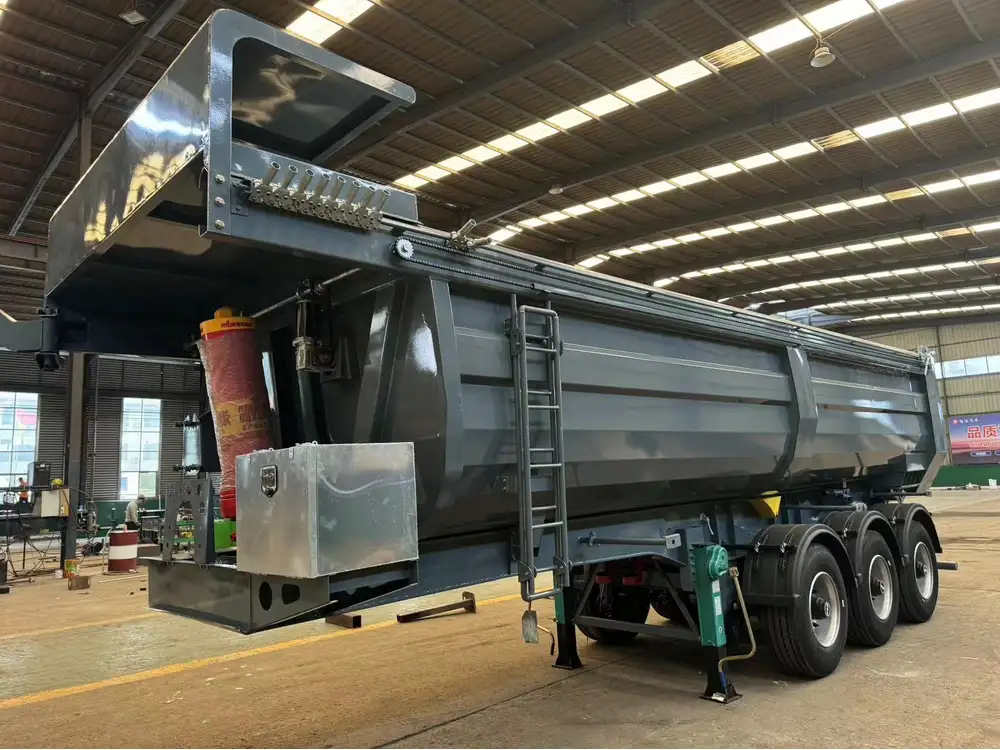
Average Weights of Empty Semi Trailers
Typically, the weight of an empty semi trailer falls within a range of 10,000 to 15,000 pounds (approximately 4,500 to 6,800 kg), but several factors can affect this figure:
- Flatbed Trailers: Generally lighter, typically weigh between 8,000 and 12,000 pounds.
- Dry Van Trailers: These are heavier, usually ranging from 12,000 to 15,000 pounds.
- Reefer Trailers: Due to insulation and refrigeration equipment, these trailers often weigh around 12,000 to 15,000 pounds.
The weight specifics can vary widely depending on the manufacturer, design specifications, and optional features chosen by the end user.
Variability by Type
| Trailer Type | Average Empty Weight (lbs) | Average Empty Weight (kg) |
|---|---|---|
| Flatbed | 8,000 – 12,000 | 3,600 – 5,400 |
| Dry Van | 12,000 – 15,000 | 5,400 – 6,800 |
| Refrigerated | 12,000 – 15,000 | 5,400 – 6,800 |
| Specialized Equipment | 10,000 – 16,000 | 4,500 – 7,200 |
Regulations Influencing Weight
Weight regulations are crucial for maintaining safety on the roads. The Federal Highway Administration (FHWA) and various state departments enforce weight limits to prevent damage to infrastructure and ensure safe transportation.
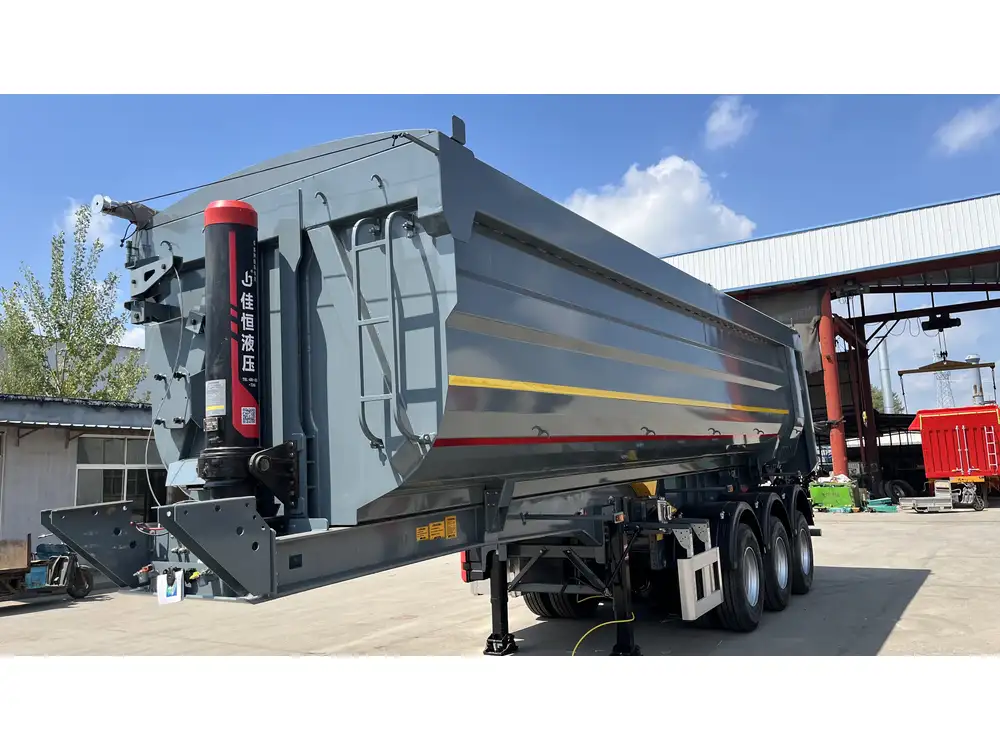
Legal Weight Limits
- Maximum Gross Vehicle Weight (GVW): For most trucks and trailers, the standard federal limit is 80,000 pounds (approximately 36,287 kg), inclusive of the vehicle and cargo.
- Bridge Formula: This formula is used to calculate the legal limits based on the distance between axles to prevent overloading any single axle.
Impact on Fleet Operations
Understanding the weight of an empty semi trailer is critical for fleet operations, influencing decisions on load capacities, types of freight, and overall efficiency.
Calculating Optimal Payload
To calculate the optimal payload capacity:
- Determine the Max Weight: Start with the allowed GVW.
- Subtract the Trailer Weight: Deduct the empty weight of the semi trailer.
For instance, if a fleet operates with a dry van weighing 14,000 pounds and has a legal GVW of 80,000 pounds, the payload capacity equals:
[ \text{Payload Capacity} = \text{GVW} – \text{Trailer Weight} ] [ \text{Payload Capacity} = 80,000 – 14,000 = 66,000 \text{ pounds} ]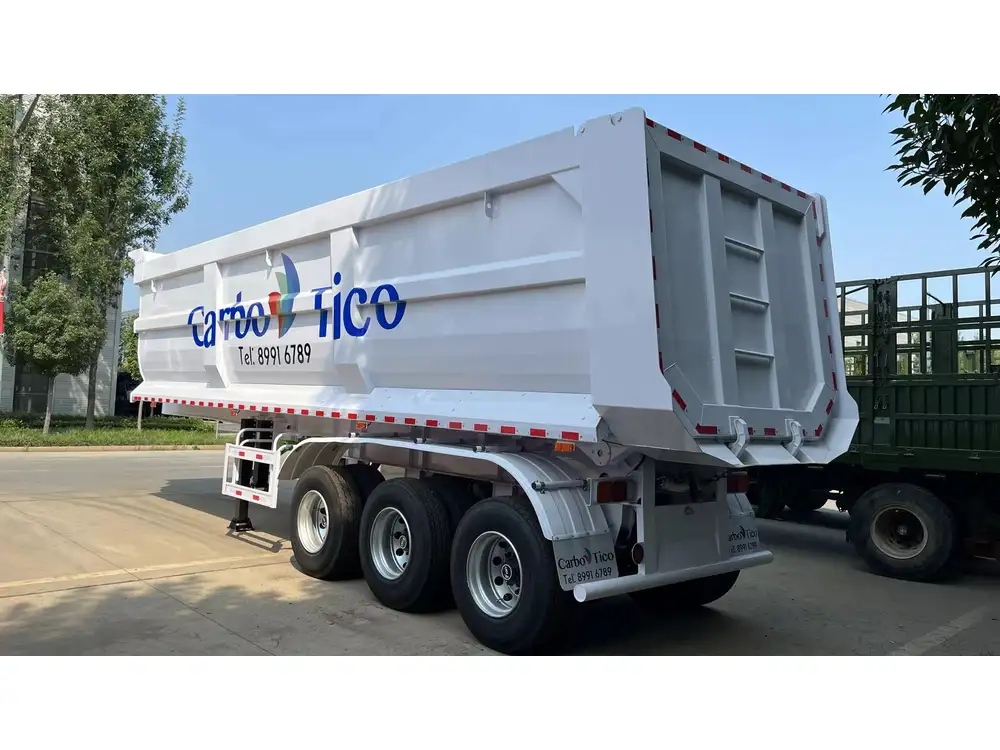
Factors Influencing Weight Gain Over Time
As semi trailers navigate various terrains and climates, they undergo changes that potentially increase their weight. Among key influences are:
- Corrosion and Wear: Prolonged use can lead to wear on materials, leading to the need for repairs or reinforcements.
- Increased Load: Additions like reinforcing materials or extra equipment for operational needs can also raise weight.
- Maintenance Additions: The integration of newer technologies and equipment for tracking or safety can inadvertently increase the trailer’s weight.
Direct Comparisons: Trailer Types and Their Weights
Understanding the nuances between different trailer types is essential for choosing the right equipment for specific needs. Here’s a comparative snapshot for easy reference.
| Feature/Type | Flatbed | Dry Van | Refrigerated | Specialized Equipment |
|---|---|---|---|---|
| Weight | 8,000-12,000 | 12,000-15,000 | 12,000-15,000 | 10,000-16,000 |
| Ease of Loading | High | Moderate | Moderate | Varies |
| Weather Protection | None | Complete | Complete | Varies |
| Temperature Control | None | None | Yes | Varies |
The Role of Materials in Weight Management
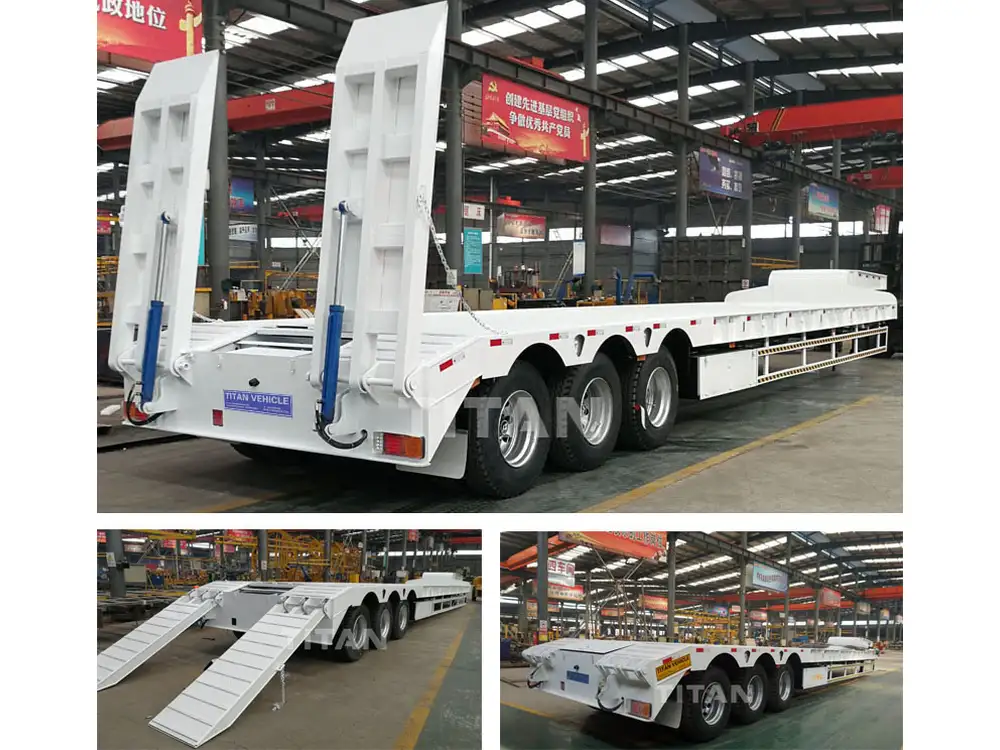
Lightweight Construction Options
The push for cost-efficiency and enhanced performance in vehicles has led to the innovative use of materials in trailer construction, such as:
- Aluminum: Known for its lightweight nature, aluminum trailers offer reduced weight at the cost of higher initial investments.
- Composite Materials: Emerging technologies utilize composite materials that combine the strength of steel with the lightweight nature of other materials, potentially revolutionizing the trailer industry.
Future Trends
With the rise of electric and automated vehicles, reducing trailer weight is becoming increasingly paramount to enhance energy efficiency. Ongoing research into advanced materials and designs will likely result in lighter models without compromising strength or performance.
Frequently Asked Questions

What is the lightest type of semi trailer?
Typically, flatbed trailers are the lightest option available in semi-trailer configurations. Their straightforward design and lack of structural components reduce their overall weight significantly compared to other types.
How can I determine the weight of my trailer?
The most straightforward method is to consult the manufacturer’s specifications. Alternatively, using a certified truck scale at a transport center provides an accurate measurement of your trailer’s weight.
Why does trailer weight matter?
Understanding trailer weight is crucial for maintaining compliance with weight regulations, optimizing load capacities, and ensuring safe transportation practices that minimize wear and tear on both truck and road infrastructure.
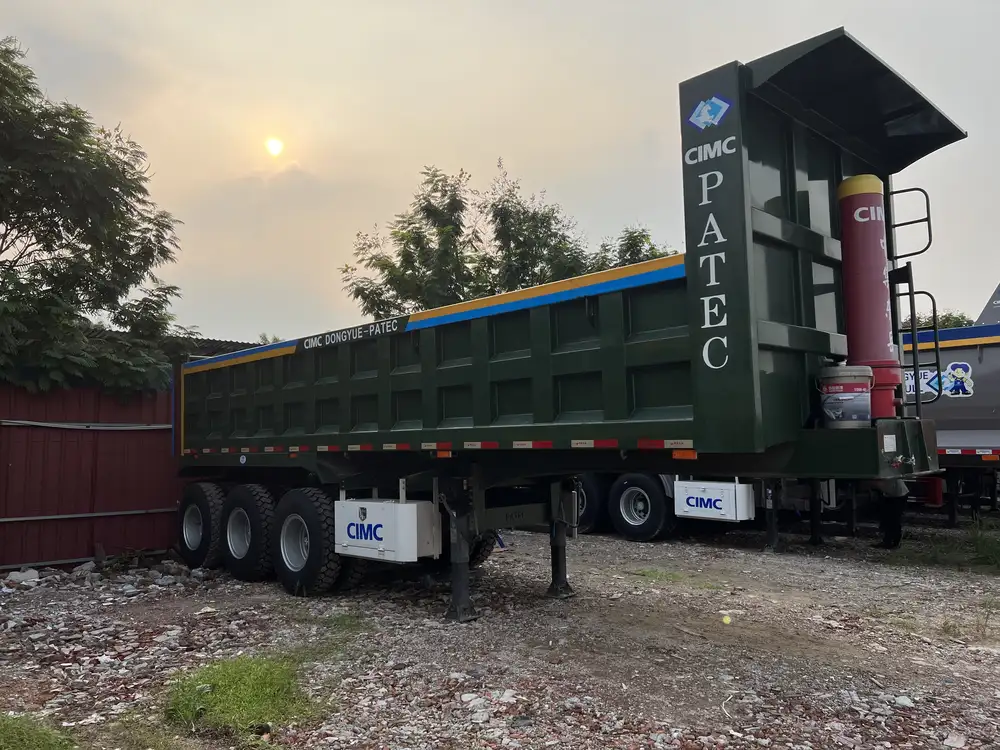
Conclusion
Determining how much an empty semi trailer weighs is a multifaceted inquiry that encompasses various types, construction materials, and regulatory frameworks. An awareness of these factors not only aids in determining operational capabilities but also facilitates informed decision-making in the logistics industry. By comprehending the complexities of trailer weights, fleet operators can better navigate the challenges of transportation logistics, ultimately leading to more efficient and profitable operations.
Understanding the factors influencing weight, from construction materials to design features and regulatory limits, empowers industry leaders to maximize payload efficiency while adhering to safety standards. This comprehensive knowledge further positions stakeholders to anticipate future trends in materials science and technology enhancements aligned with sustainability and energy efficiency goals.
As the logistics landscape evolves, maintaining this understanding will ensure your operations are both competitive and responsible in an increasingly demanding marketplace.



